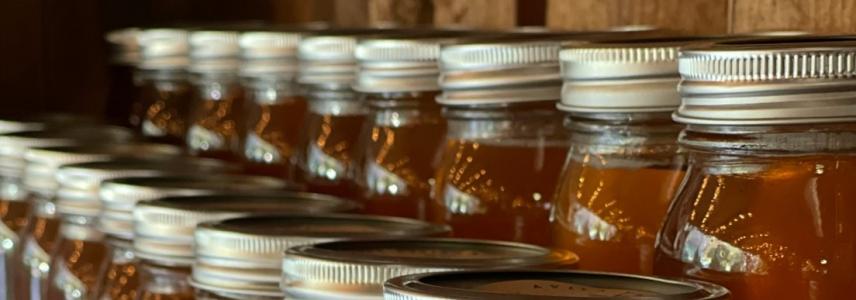Stricter traceability requirements are taking over the European honey market

The European Union (EU) is taking significant steps to address fraudulent practices within the honey sector. Recent studies have shown that a significant share of honey imported into the EU is adulterated. Adulteration involves adding cheaper substances like sugar and syrups to increase profits.
As a result, the EU has introduced new measures to improve quality and traceability requirements protect European consumers and ensure transparency in the market. For exporters, this means there will be increased controls on the market and at EU borders.
Europe's approach to dealing with food adulteration pratices
Quality management and food safety are important concerns within the European honey sector. Among other regulations, the EU Honey Directive is fundamental to maintaining the purity of honey and preventing any modifications to its natural composition. Despite legal efforts, adulteration has become a major issue of fraud in the European market. The EU’s Joint Research Centre recently discovered that 46% of the collected honey samples in Europe were suspected of being adulterated.
To tackle the issue of honey adulteration, the EU is implementing stricter regulatory controls and additional certification requirements for imported honey are being introduced. Most notably, as part of the so-called ‘Breakfast Directives’, the European Commission amended the Honey Directive with Directive (EU) 2024/1438.
The new regulation requires that honey blends be labelled by the country of origin. All the countries of origin must be clearly indicated in a main visual field. The new measures will be applicable throughout the EU by 2026. The aim is to promote transparency and better inform consumers about the origin of the honey they buy.
Directive 2024/1438 also calls for advanced testing techniques that can compare honey samples with known authentic profiles and detect adulteration. This high-tech approach aims to guarantee that only pure honey reaches consumers. New harmonised methods of analysis must be introduced and adopted by 2028. Until then, EU countries are encouraged to use internationally recognised and validated methods of analysis.
What does this mean for honey exporters?
Exporters from outside Europe suspected of non-compliance will need to adapt to avoid sanctions and ensure their products meet European standards. Exporters are advised to implement strict ‘hive to honey’ traceability systems and quality control measures. Hive to honey traceability refers to the ability to track honey from the hive to the final consumer. This involves documenting each stage of production, from beekeeping and harvesting to processing and packaging, typically using labelling or digital tracking systems. It is crucial to correctly identify the nature, composition, and origin of the honey being marketed. It is also important to retain honey samples from suppliers to trace back possible contamination or adulteration.
Obtaining organic certification can also enhance exporter credibility by signifying the purity and uncontaminated nature of honey, thus fostering consumer confidence and facilitating regulatory compliance. Adapting to these new standards can be challenging, especially for smaller producers. For instance, Jony Girma, a beekeeper and owner of Green Face Trading in Ethiopia, emphasizes that adulteration not only harms responsible beekeepers but also leads to unfair competition and increased costs associated with laboratory testing for imports to Europe. Nonetheless, exporters who comply with EU regulations will access into a market that appreciates quality and authenticity, benefiting consumers and the environment while strengthening their position in the competitive European market.
Juanita Rojas Cuéllar of ProFound – Advisers In Development wrote this news article for CBI.
Learn more
Find out more about the honey sector by reading our market studies on the demand for honey in Europe and the requirements of honey buyers.
Stay informed
To stay informed on the latest developments in honey make sure to subscribe to our newsletter via the following link: Subscribe to our newsletter